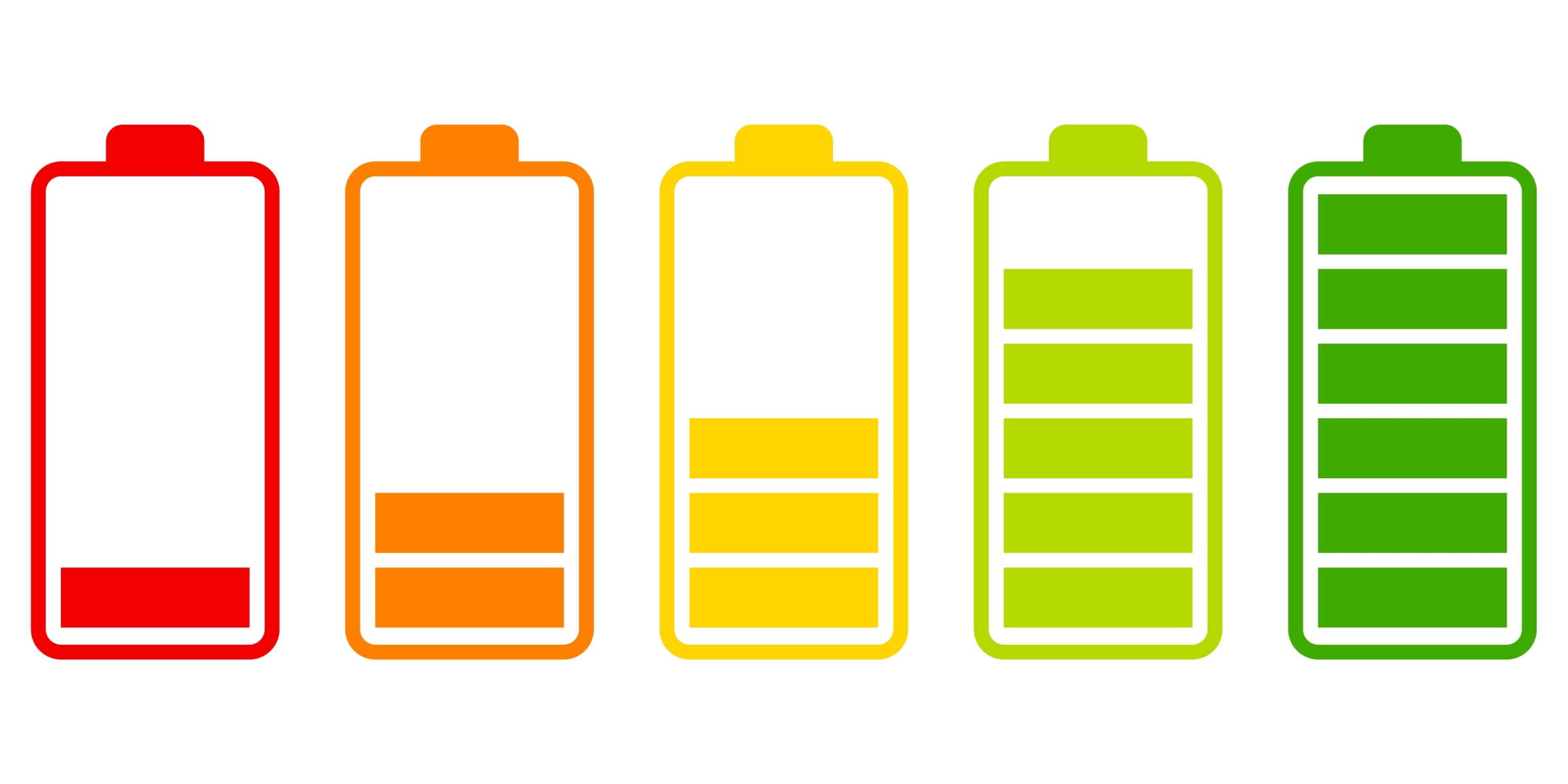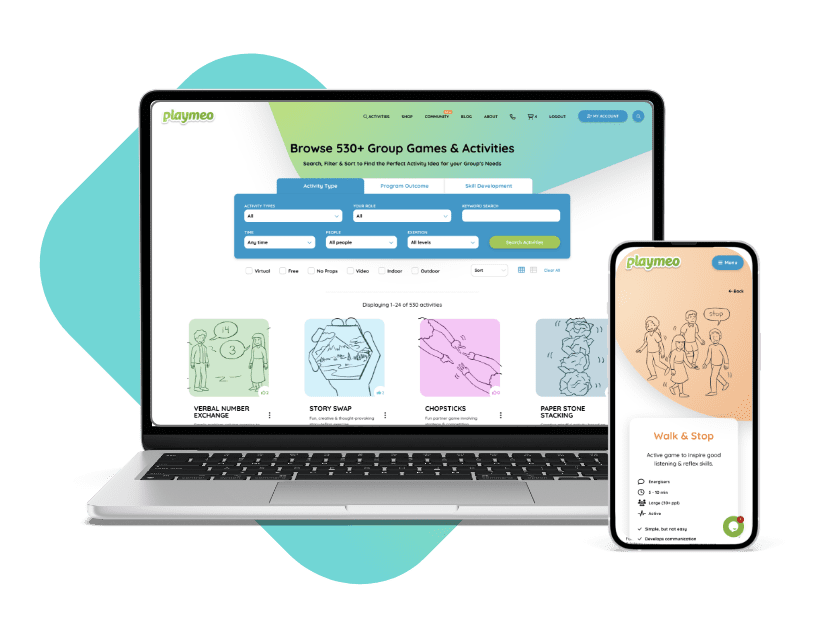Download our free 28-page ebook jam-packed with outrageously fun activity ideas.
Last week I shared a bunch of lessons, tips and strategies I have learned about how to present group activities online.
This week, I turn the mic over to my friend and colleague Chad Littlefield from We & Me who shares some very useful brain-based ways to increase engagement, especially for the virtual world.
If you don’t have time to sit through 11 minutes of Chad (and he’s worth every minute,) here’s a quick recap of two of his most useful points:
Mirror Moves
Invite people to mirror your particular movements as they view it on screen. This exercise reflects what’s called the Michelangelo effect, where it has been shown that people who spend a lot of time together start to look a little more like each other, ie a unique form of connection. Imagine then, the impact when everyone (in your class, your team, etc) are mirroring the thinking, feelings and behaviours of each other.
Connection before Content is not an Icebreaker
There are three primary attributes that help you know that you’re inviting people to connect and not doing something else:
-
- It has to connect people to each other, ie showing a funny cat video on Youtube may be fun, but it is unlikely to connect people to others.
- It connects to the purpose of why you are there, ie consider that there’s a reason you are gathering in the first place. It’s unlikely to play a game, but for some other higher purpose.
- It creates a choice for vulnerability and authenticity, ie you should never force participation but offer only an opportunity to share.
One of the primary reasons why embracing the technology of ‘connecting before content’ is so powerful is because research tells us that social connection is one of the most active stimuli it comes to brain activity. That is, when we connect with others, our brains are activated, they light up, get switched on and are engaged. Even without the support fo the research, that just has to be a good thing.
With thanks to Chad for sharing.
You can learn more about Chad and his work at We & Me here.













Original post October 2020, last updated May 2024.